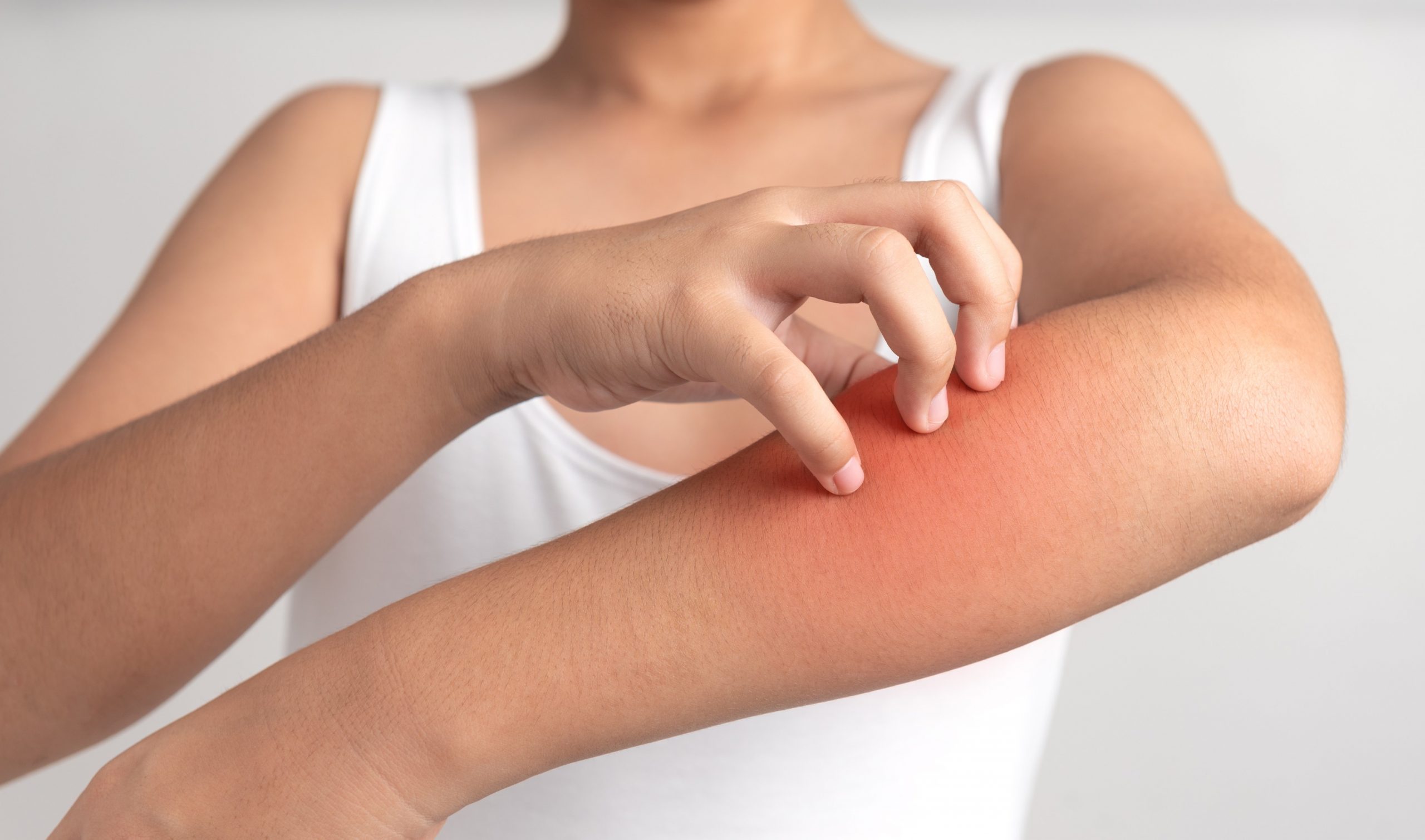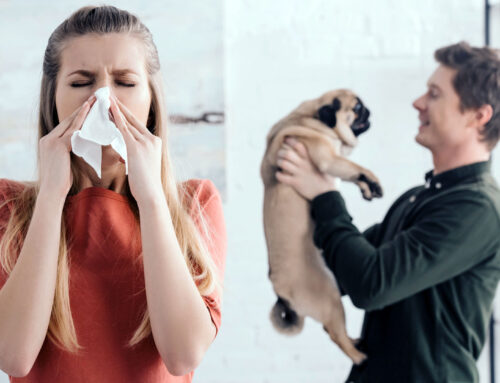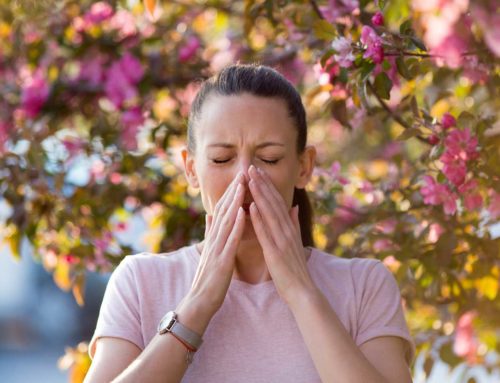HIVES OVERVIEW
“Urticaria” or hives are raised areas of the skin that itch intensely and are red with a pale center. Hives develop when there is a reaction that activates immune cells in the skin called mast cells and release natural chemicals mainly histamine, which causes hive. In most cases, hives appear suddenly and disappear within several hours.
HIVES SYMPTOMS
Skin appearance — Hives are raised areas that itch intensely and are sometimes red with a pale center. Itching is usually the most bothersome symptom of hives, and it may be severe enough to interfere with work and sleep.
Hives as part of a serious allergic reaction — Hives can also occur as part of a more serious allergic reaction. You should see a doctor or nurse as soon as possible if you develop hives or angioedema suddenly, along with other symptoms, such as trouble breathing, tightness in the throat and hoarseness of voice.
Hives are classified based upon how long you have the hives. Hives can be:
-
- Acute (brief)
- Chronic (longstanding)
- Inducible (triggered by certain types of physical stimulation, such as heat, cold, or sun exposure)
Acute hives — Most cases of hives are acute and will not last beyond a few days to one week or two. Triggers of acute hives can include the following:
- Infections – Infections can cause hives in some people. In fact, viral infections cause more than 80 percent of all cases of acute hives in children. A variety of viruses can cause hives (even routine cold viruses).
- Drugs – Many types of drugs can trigger hives, including antibiotics and nonsteroidal anti-inflammatory drugs (NSAIDs), such as aspirin, ibuprofen, or naproxen.
- Insect stings – Stings from certain insects (bees, wasps, hornets, fire ants) can cause hives around the area of the sting.
- Food allergies – Food allergy can cause acute hives in some people. Food-associated hives typically appear within 30 minutes of eating the food. The foods most likely to cause hives in children include milk, eggs, peanuts, other nuts, soy, and wheat. The foods most likely to cause hives in adults include fish, shellfish, peanuts, and other nuts.
- Physical contact – Hives can occur after you touch certain substances if you are allergic to them. For example, children who are allergic to dogs may get hives if a dog licks them. Other things that can cause hives (if you are allergic) include plants, raw fruits and vegetables, and latex (found in balloons, latex gloves, condoms, and other common items).
HIVES TESTING
Testing — Skin testing for food and drug sensitivities may be recommended if there are concerns about allergies as a cause of symptoms. This is usually done for people with acute hives. Chronic hives are rarely caused by an allergy.
Skin biopsy — A skin biopsy (when a small sample of skin is removed) may help identify uncommon causes of hives. A skin biopsy may be recommended for people who have chronic hives along with other symptoms, such as persistent fever, painful hives, individual hives that last for days at a time, or hives associated with bruising of the skin.
Tips for preserving lung health
Avoid triggers — The first treatment for hives is to figure out what is triggering the hives and then avoid that trigger. Even if you cannot figure out the trigger, hives usually disappear over days or weeks.
Antihistamines — Antihistamines are medicines that can relieve itching. Most people with hives respond to antihistamines. You may need a relatively high dose to control your symptoms.
There are two main types of antihistamines. They differ in side effects, cost, how long the medicine lasts, and need for a prescription.
Older antihistamines – Older antihistamines start to work quickly and work well to relieve symptoms. The problem with older antihistamines is that you have to take a dose four to six times per day, and many people have bothersome side effects. These can include drowsiness, dry mouth, double or blurred vision, or difficulty urinating.
The older antihistamines include:
- Diphenhydramine (Benadryl [brand name] and others)
- Hydroxyzine (Atarax [brand name],
- Vistaril [brand name], requires prescription)
Newer antihistamines – Newer antihistamines are better for treating hives because they have fewer side effects than older antihistamines. Also, newer antihistamines have to be taken less often, usually once or twice per day. Examples include:
- Loratadine (Claritin)
- Cetirizine (Zyrtec)
- Fexofenadine (Allegra)
Other antihistamines – There is another type of antihistamine that is commonly used to treat heartburn. Your doctor or nurse might recommend one of these medicines in combination with another antihistamine, if one medicine alone does not work for you. Examples of this type of antihistamine include:
- Nizatidine (Axid)
- Famotidine (Pepcid)
- Cimetidine (Tagamet)
Doxepin – Doxepin (Sinequan) can sometimes relieve hives that do not respond to other treatments. However, doxepin causes significant drowsiness and is not recommended when driving or working.
Oral steroids — A high dose of antihistamines is usually recommended before trying other treatments. However, oral steroids (glucocorticoids), such as prednisone, can help to relieve severe acute hives that do not get better with antihistamines.
Other medicines — If your hives do not get better with the treatments discussed above, other treatments are available. One example is montelukast, a medicine that helps with itching and hives in some people when used together with antihistamines. Omalizumab is a treatment for very difficult-to-control hives and is given by specialists. It is given as a monthly injection.
If your hives are not responding to the treatments you have been offered, you should see a specialist at Allergy Sleep and Lung Care immediately.







Leave A Comment